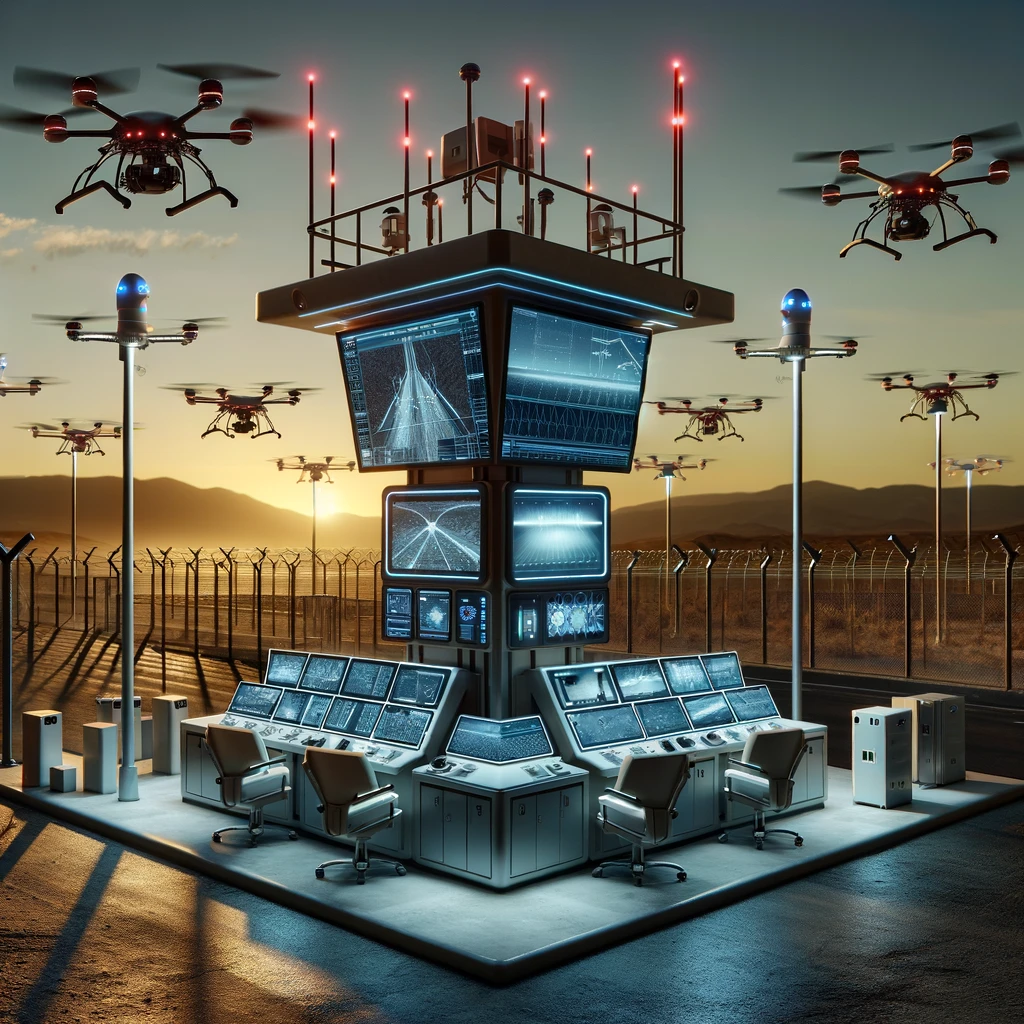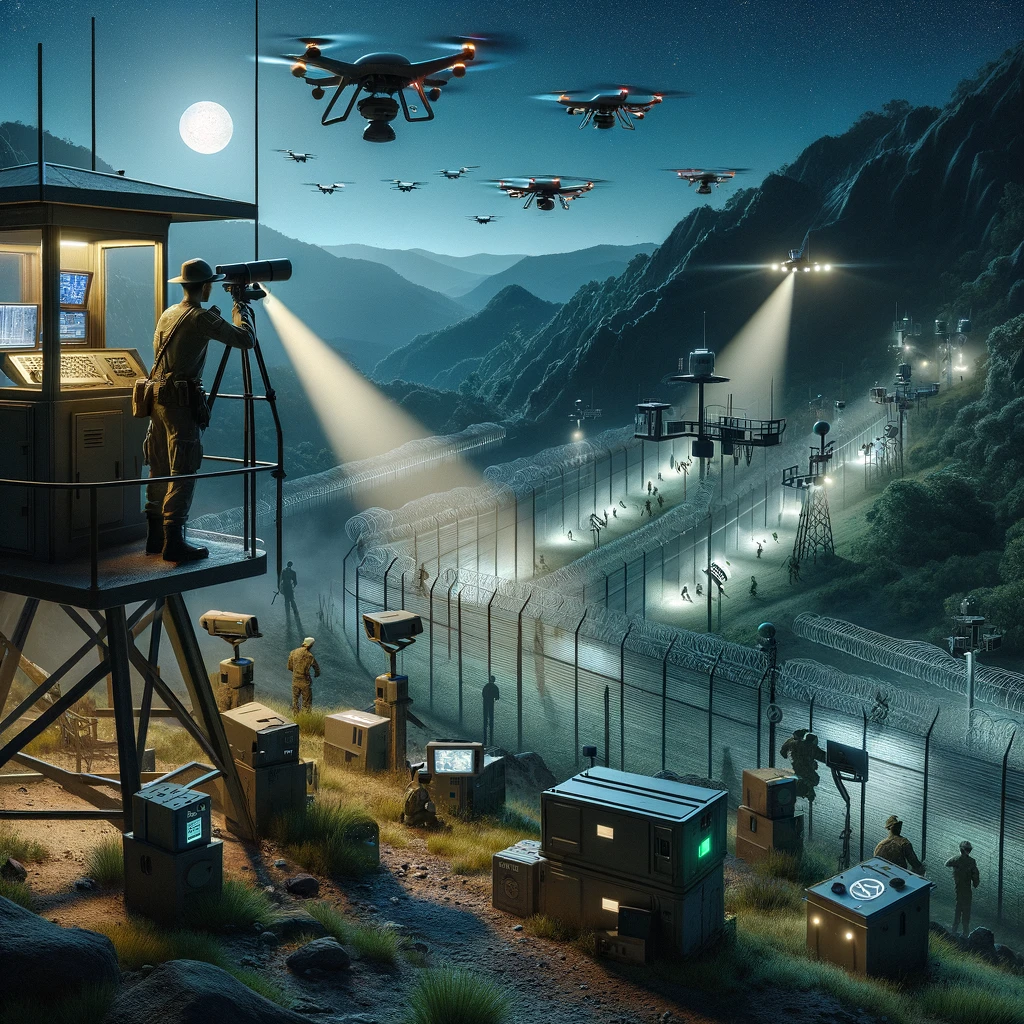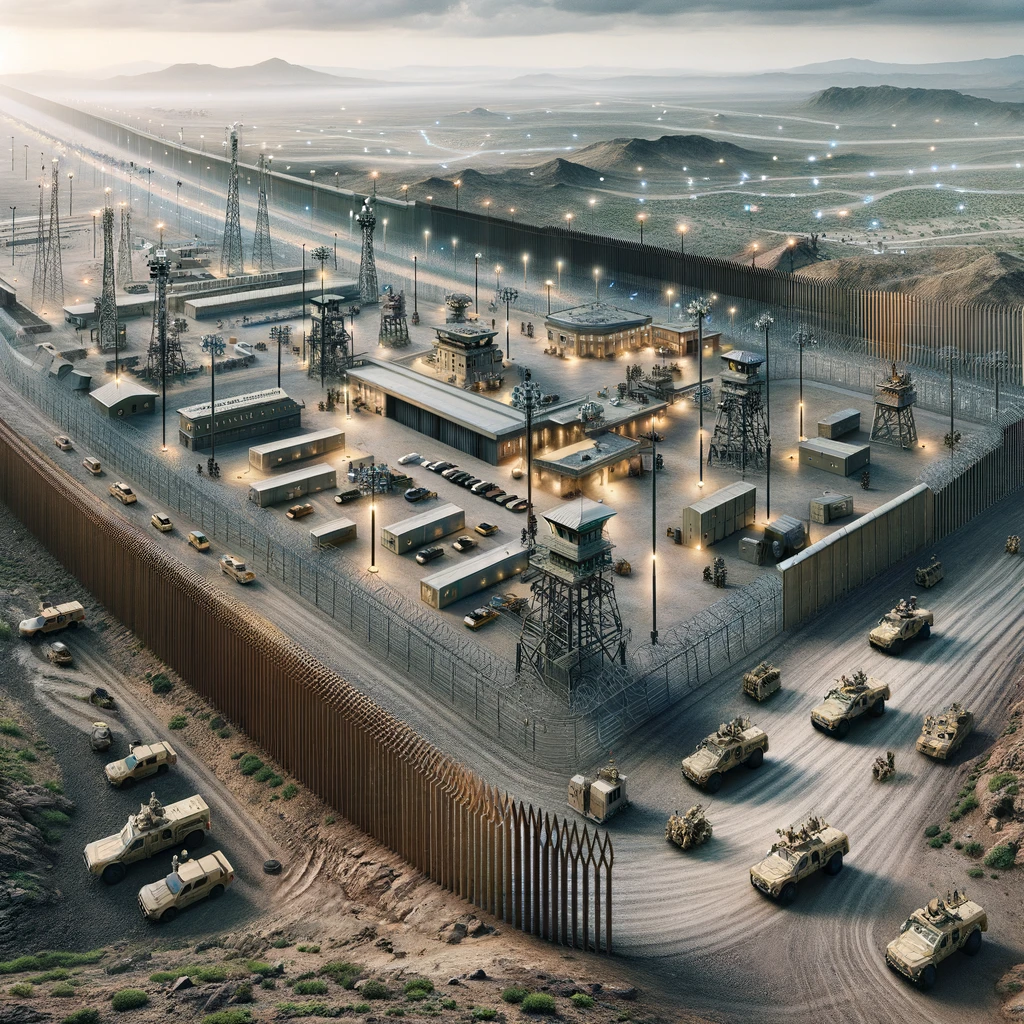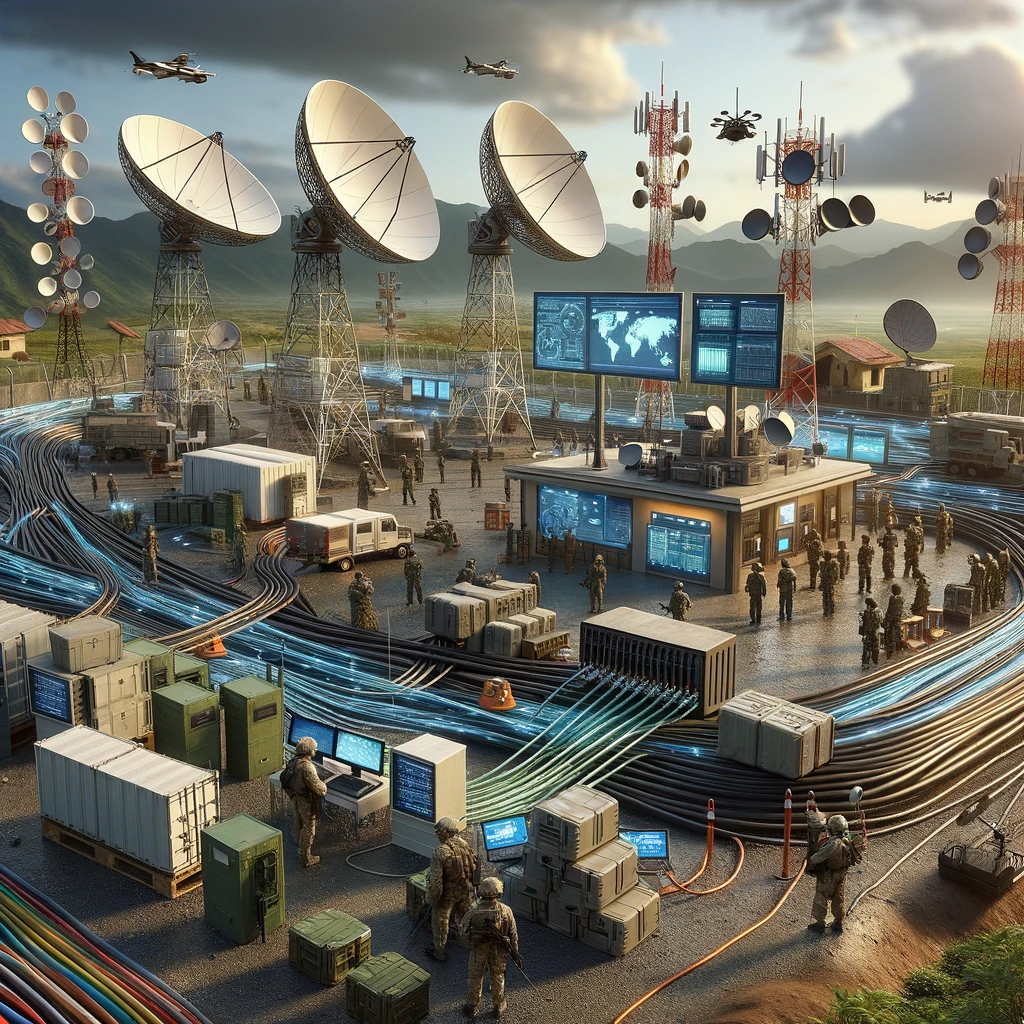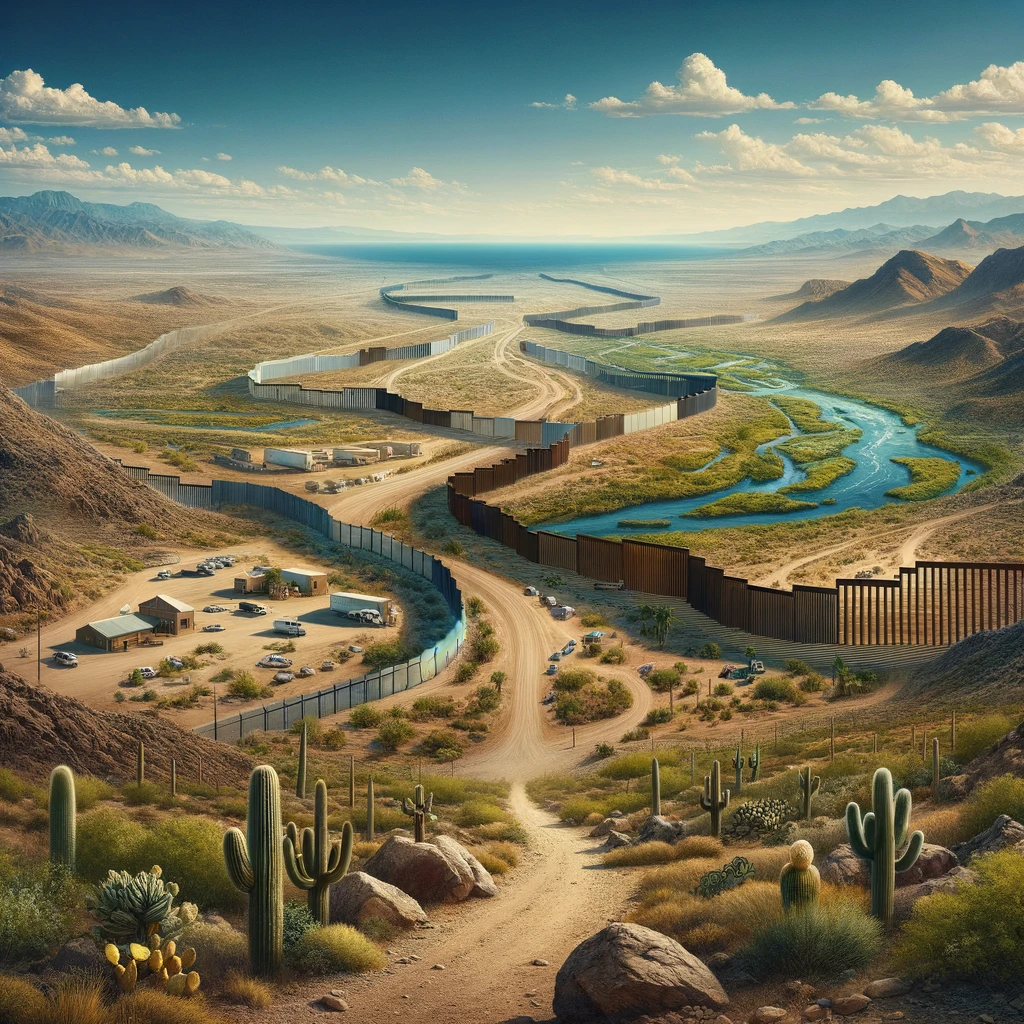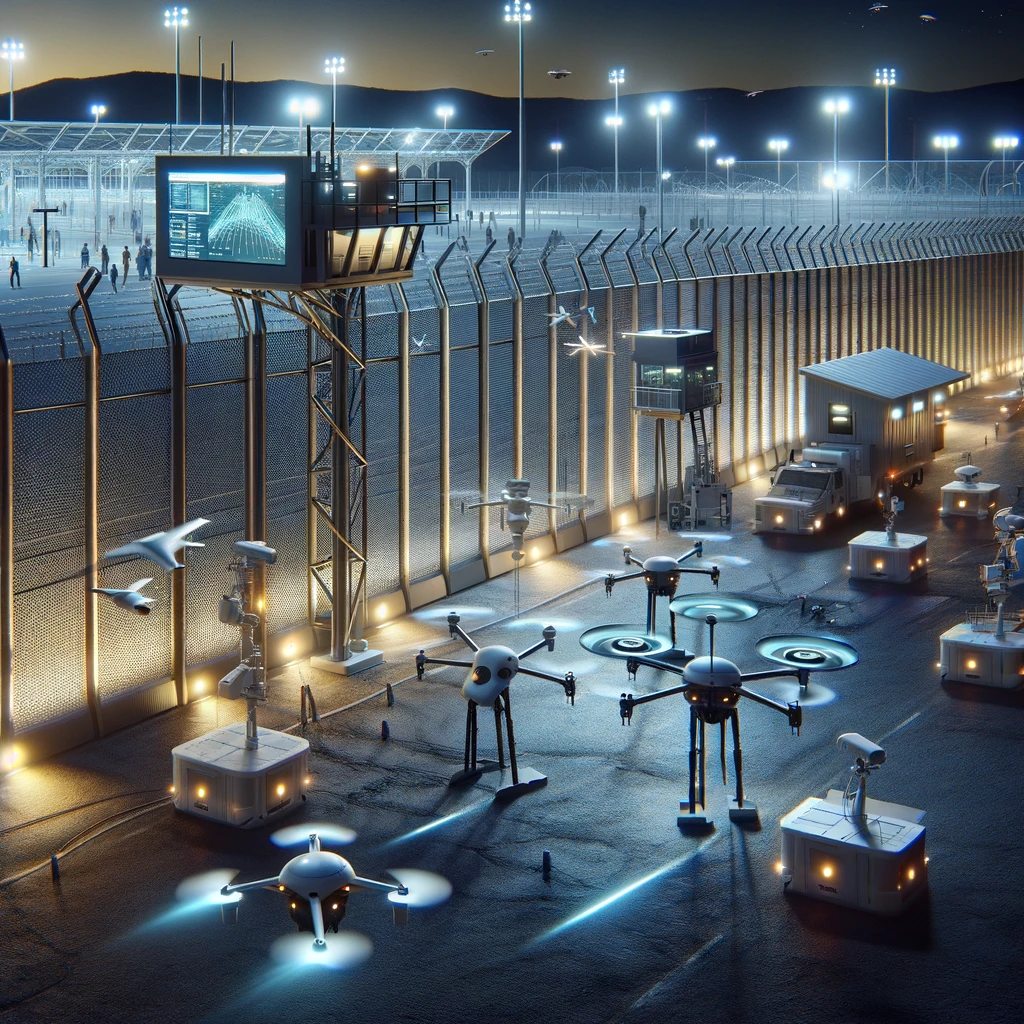In today’s interconnected world, ensuring the security of national borders is more complex and vital than ever. As global movements increase for trade, travel, and migration, so do the challenges of maintaining secure borders against illegal activities without hampering legitimate cross-border flows. The integration of advanced technology and robust infrastructure has emerged as a cornerstone in enhancing border security measures, striking a balance between open borders and national security. This article explores how technology and infrastructure play pivotal roles in fortifying border security, and addressing current trends and issues in this critical area.
Advanced Surveillance Systems
The adoption of advanced surveillance systems is revolutionizing border security operations. High-resolution cameras, drones, and satellite imagery provide real-time monitoring capabilities over vast and often rugged terrains that are difficult to patrol on foot or by vehicle. These technologies enable security forces to detect unauthorized entries or suspicious activities with greater accuracy and respond swiftly. Artificial intelligence (AI) and machine learning algorithms can analyze vast amounts of data collected by these devices to predict patterns and identify potential threats before they materialize. This proactive approach significantly enhances the ability to secure borders against a range of challenges, from illegal immigration to smuggling operations.
Biometric Identification Systems
Biometric identification systems have become an indispensable tool in verifying identities at border crossings. Fingerprints, facial recognition, and iris scans offer reliable methods for authenticating individuals, reducing the reliance on easily forged documents. These systems expedite the processing of legitimate travelers while flagging individuals who may pose a security risk. The deployment of biometric technology has also been pivotal in combating human trafficking and identifying individuals involved in criminal activities across borders. By ensuring that each individual’s entry and exit are accurately recorded, authorities can maintain tighter control over border crossings.
Physical Infrastructure Enhancements
While technology plays a crucial role, the importance of physical infrastructure in border security cannot be overstated. Fences, walls, and barriers act as deterrents to illegal crossings and funnel traffic through controlled checkpoints where individuals and vehicles can be inspected. Additionally, infrastructure improvements such as better roads and lighting facilitate quicker response times for border security forces. Integrating technology with physical barriers, such as incorporating sensors or motion detectors into fencing, creates a multi-layered defense strategy that is more difficult for unauthorized entrants to overcome.
Integrated Communication Networks
Effective communication among different agencies involved in border security is vital for a coordinated response to threats. Integrated communication networks allow for the seamless exchange of information between border patrol, customs, immigration services, and other relevant bodies. This interoperability ensures that all parties have access to the same real-time data and intelligence, improving decision-making and operational efficiency. Enhanced communication systems also support collaboration with international partners, which is crucial for addressing security challenges that transcend national borders.
Challenges and Considerations
While the integration of technology and infrastructure significantly enhances border security, it also presents challenges. Concerns regarding privacy, civil liberties, and the potential for abuse must be addressed. Additionally, the financial cost of deploying and maintaining advanced technologies can be substantial. Ensuring that these tools are used ethically and effectively requires ongoing oversight, transparency, and international cooperation.
Border Security Relies on Tech and Infrastructure
The role of technology and infrastructure in enhancing border security measures is undeniable. As threats evolve, so too must the strategies to combat them. By leveraging the latest advancements in technology and reinforcing physical infrastructure, nations can protect their borders more effectively while facilitating legitimate trade and travel. However, balancing security needs with respect for human rights and international law remains paramount. As we move forward, it is clear that innovation and collaboration will be key to achieving secure and open borders in the 21st century.
Read More
- The Effectiveness of Massive Funding in Border Security Operations
- The Billionaire President: How Trump’s Wealth Influences His Politics


